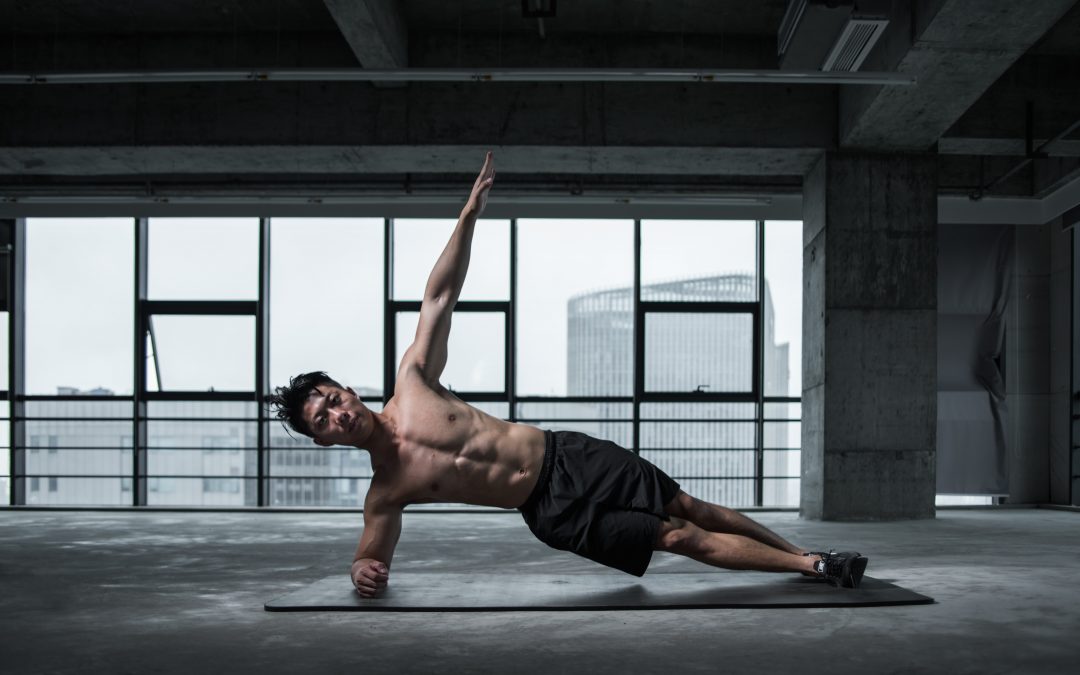Yoga is a form of physical, mental and spiritual discipline, a connection between the mind and body exercise with roots that go back so far as 2,500 to 5,000 years in Indian philosophy. In fact, it is known to be one of India’s most significant contributions to popular culture and society. It has become increasingly popular throughout the years, as it promotes and is able to help practitioners that take part in it to escape the troubles of their mind. Yoga actually has the ability to calm the mind, at the same time make it easier to focus because of a clear mind. With these kinds of exercises that center the body and mind, this can also help strengthen the body and increase flexibility. This comes in many different forms, and are usually gentle but challenging at the same time.
As much as yoga has gained its popularity and great reputation for its postures and poses, these were not primarily used for fitness, in fact they were focused on other practices that centered around expanding their spiritual energy and using the likes of controlled breathing and mental focus. Yoga started to gain its rep in the West towards the end of the 19th century.
However, as much as yoga sounds amazing and relaxing, it is not meant for everyone. Especially since it requires a great sense of self-awareness, which can take up more energy emotionally than others. Many people don’t even consider yoga to be synonymous to the mind and body philosophy that everyone is on about. Many of them believe that the concept of mind and body connection has more to do with inner focus, attention to alignment and particular awareness of muscle movements that goes hand in hand with systematic breathing patterns.
If you’ve tried yoga and it isn’t exactly your cup of tea, there are a couple of other alternatives that you can try.
Qigong
Originating from ancient Chinese culture, Qigong is also known as chi chung or chi kung. Its origin goes back so far almost 4,000 years. Qigong is described as a holistic system of exercises that use body movements and posture, meditation and breathing which is similar to yoga. Key aspects of performing Qigong includes a rhythmic deep breathing, slow movements, and peaceful meditation. It is considered to be one of the best ways to be able to cultivat ‘qi’ which means “life energy”. Its essential principles include intentional movements, visualization, awareness, rhythmic breathing, balance, counterbalance and even chanting. This exercise actually helps stretch the body and build an awareness of how the body moves. This in turn increases the movement of bodily fluids such as lymph, blood and synovial.
There are three major types of Qigong: medical, spiritual and martial. Medical qigong is actually most popular out of all since this encourages self-healing. Spiritual qigong, on the other hand, includes the use of prayers, mantras and meditation, almost like yoga. Martial qigong focuses on physical powers by demonstrating a variety of power moves.
Pilates
Introduced by Joseph Pilates in the early 20th century, this exercise is known as “yoga’s more athletic cousin”. All though it is not as much centered around mind-body exercises, its main focus is to reduce the stress and tension in the body by way of bodily movements. Many of the poses that make-up and are used in Pilates are actually similar to those of yoga. It is a great option for those looking to improve or maintain a great posture, all while toughening up the pelvis and abdomen. This can also increase the body’s flexibility with the main focus on the core, but is not restricted to the specific parts of the body.
Tai Chi
Like qigong, tai chi is deeply rooted in ancient Chinese culture, where it was initially developed for self-defense. It is basically a non-competitive type of martial arts and it can simultaneously use simple and gentle exercises with mindfulness. It helps enhance the body’s flexibility, as well as its balance and control. Studies suggest that tai chi actually helps improve the muscle strength and overaQill wellness of the body. It can even get rid of chronic pain. Tai Chi, like yoga, has its own categories or styles that focuses on particular parts of the body.
Contemporary Dance and Ballet
Contemporary dance is an expressive dance that makes use of various genres and elements of other dances. Ballet is one of these dances, and training and practicing for both really improves the flexibility of the body, most especially the limbs. The focus of contemporary dancing is mostly versatility. Ballet is also focused on short, graceful and repetitive movements that help with flexibility. Ballet emphasizes on the way the body moves with proper alignment.
There are many alternatives to yoga, you just need to find the one your body adapts to and your mind enjoys the most. Otherwise, you can opt to separate the mind and body exercise regimen by meditating and exercising separately, but still trying to be aware of the body as the proper mind-muscle coordination makes for more significant results, as well as less pain and soreness.


